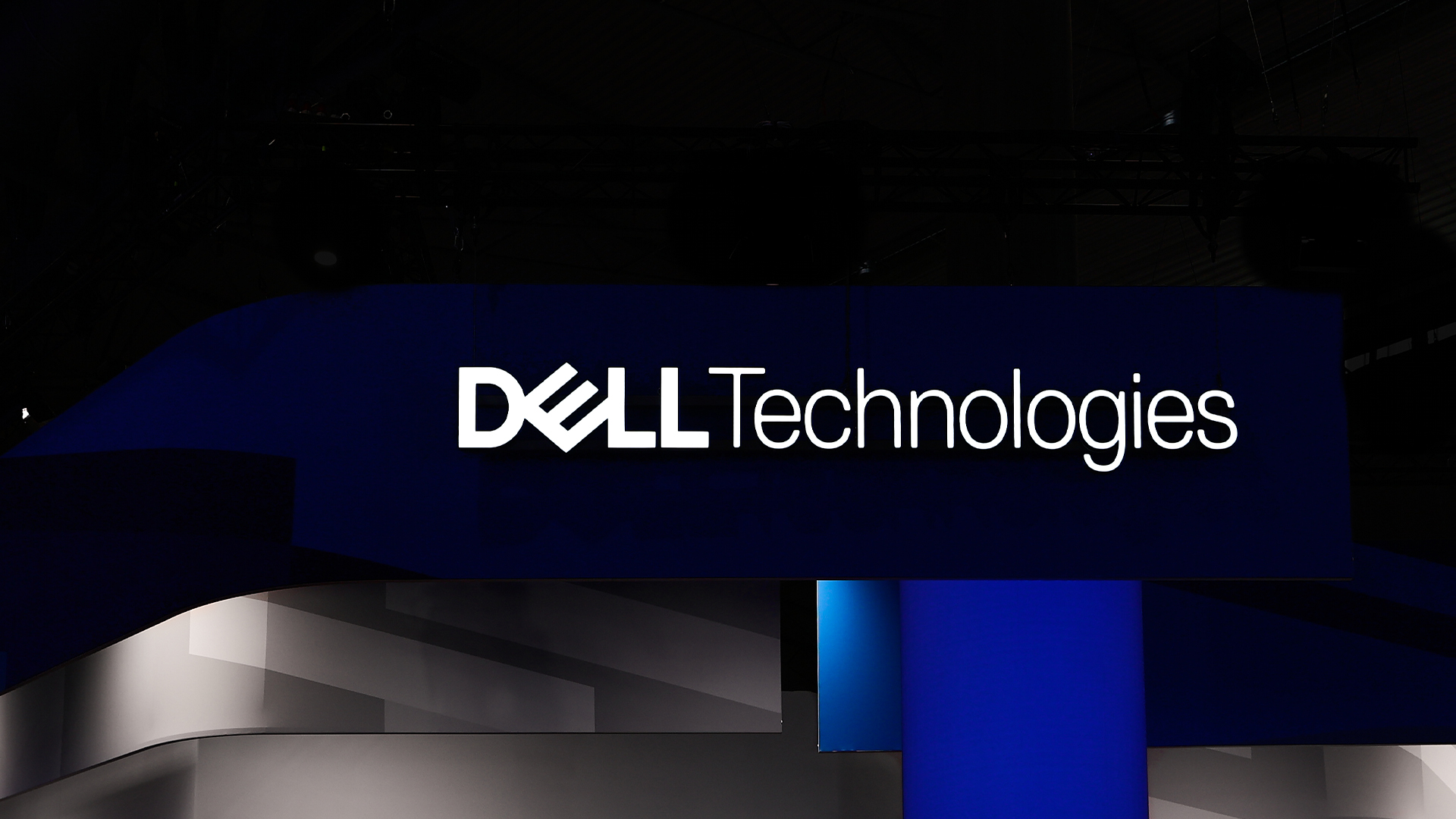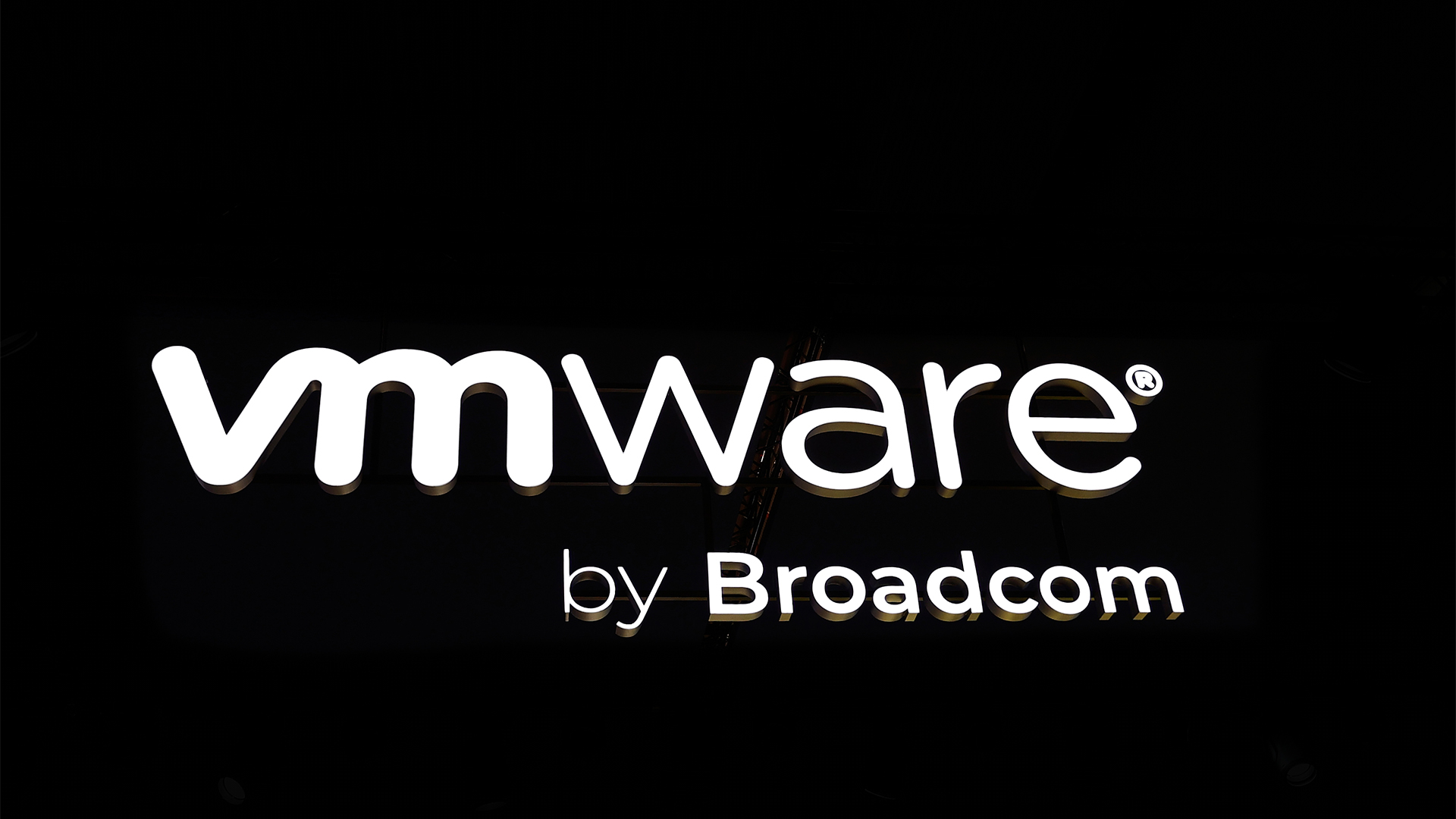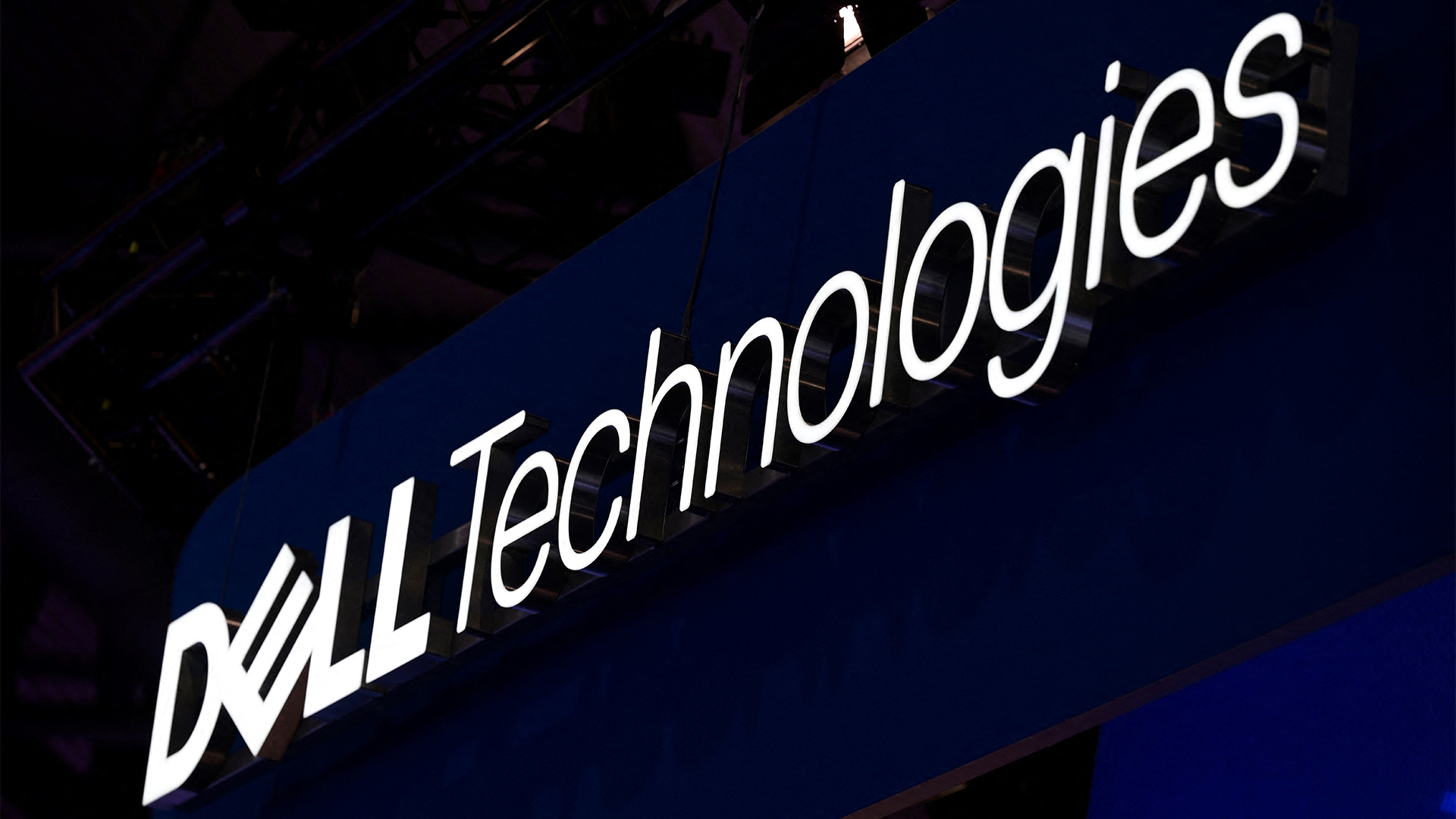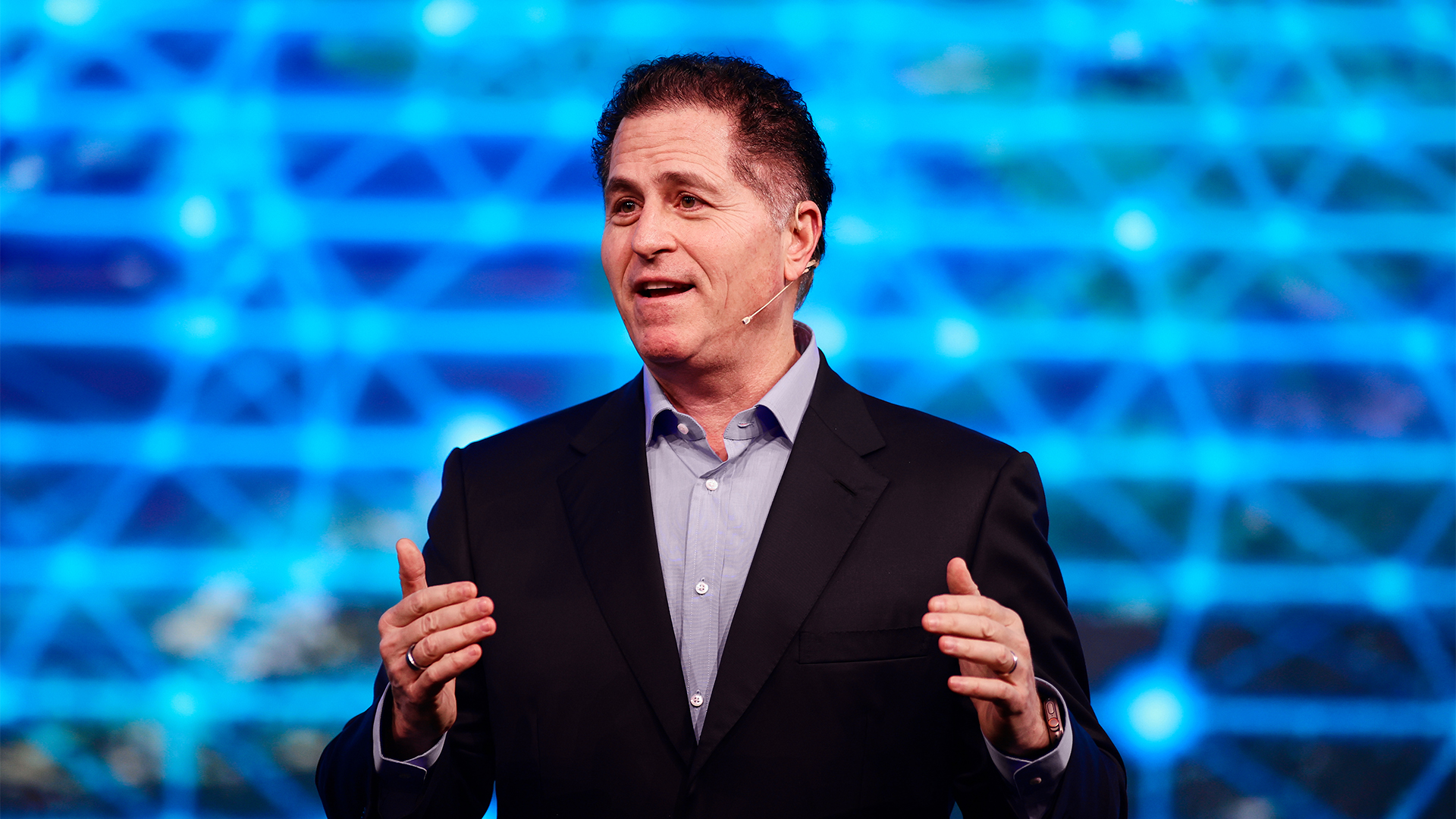Q&A: Dell and Microsoft talk virtualisation complexity
The two companies team up to remove complexity from the virtualised world and we talk to leading executives to find out how.


Microsoft and Dell have teamed up on numerous occasions, but this time the two tech giants are taking on the world of virtualisation.
They believe there is too much complexity throughout the technology, holding back implementations and blocking customers from using it to its full advantage.
We talk to Bryan Jones, marketing director for public and large enterprise at Dell, and Ed Anderson, director for server and cloud marketing at Microsoft, to see how the partnership can help customers, as well as their approaches to the market.
How are Dell and Microsoft approaching this partnership?
Bryan Jones (BJ): From a Dell perspective, this is a big part of a solution we are driving around data centre transformation with our VIS (Virtual Integrated System) architecture.
Our architecture is really centred on data centre transformation and convergence of infrastructure; treating server, storage and networking as a single infrastructure and the ability to work across multiple vendors from [these] perspectives.
In fact we could implement this infrastructure and not buy a single piece of Dell hardware we are literally the only provider in this space that does that.
Get the ITPro daily newsletter
Sign up today and you will receive a free copy of our Future Focus 2025 report - the leading guidance on AI, cybersecurity and other IT challenges as per 700+ senior executives
But the whole architecture is built on open, capable and affordable, and the ability to offer choice. The key thing we are centred around is giving people the choice from an infrastructure perspective, so pick the right server, storage and networking.
We would love for it to be ours but we understand it won't always be.
So when you look at a customer and you see there is something better for them out there, you are really willing to steer them away from Dell?
BJ: We are certainly not going to sign up for anything that is going to create dissatisfaction for the customer.
So, if the storage architecture that we are proposing to them isn't going to meet their challenges, they won't be [pleased] and we are not going to sign up for that.
The key thing was how do we help customers implement infrastructure faster but more importantly how do we help them redeploy when applications change and when businesses change. A big part of that is getting the right virtualisation strategy in place.
So, our strategy and our solution works across Microsoft and VMware from a virtualisation perspective.
One of the key things we see as an enabler in the virtualisation space is changing the economics and the complexity level of virtualisation, which is where Microsoft comes in with Hyper V. So we have a very complimentary strategy as Microsoft drives deeper in to the virtualisation discussion with Hyper V, we, from an enabling technology perspective, have the ability to actually make that a reality for customers.
This multi-hypervisors capability was a critical component of our VIS architecture so it just makes sense for us to partner with Microsoft today and start to show customers a different way, a different economic way, a different way to manage virtualisation.
One of the things that fascinated us about the Microsoft solution too was with Systems Centre, you could manage a Hyper V environment [and] you could manage a VMware environment. You can't do that with the VMware tools.
There is also this synergy around how you help customers drive virtualisation deeper into the enterprise and we are convinced that the only way customers are really going to get to this 80 per cent or 90 per cent virtualisation rate that they claim to want to get to is through a multi-visor strategy.
How does Microsoft feel about being just one of three options for a hypervisor rather than the leading light?
Ed Anderson (EA): To be clear, we want to win every single one of these, but pragmatically and this is where there is such a great synergy between what Dell wants to do and we want to do we can't win them all.
When we look at the virtualisation market today, we see the same thing that Dell, our other partners and what the analyst community is seeing; that there has kind of been this 20 per cent sloth across the top that has been virtualised but literally 80 per cent of the world is still not virtualised.
So, when we look at that, we look at it as a market opportunity. We also look at it as a significant customer challenge. How do they bring virtualisation into that environment and be able to take all the advantages that they got on that first 20 per cent and spread that across their whole environment?
The cost issues are a big factor in that. From a cost model, what most customers have done to start with virtualisation will not scale as they try and bring everything else online.
So when we think about a multi-hypervisor approach it is another way of saying, we know you are some way down the road in terms of already virtualising, fine, that's great, good for you [and] we hope you are recognising all the benefits from that. We don't want to change it or disrupt it, we just want to extend it from that.
In that case, we believe what we are doing with Dell in terms of integrating our management stack so that there is a very holistic integrated offering we believe that that value proposition will help our customers get there faster.
So, again, we want to win every one of those but we recognise from a pragmatic perspective that we wont win all of them. We still want to help our customers make that next step.
BJ: And that gets us back to the first point that System Centre is the first solution to really offer comprehensive management capability across those two hypervisors. That really demonstrated Microsoft's commitment to managing holistic environments and managing realistic environments that those customers are in.
For the past few years, vendors have sold virtualisation as way to simplify the data centre, but as people have got involved, it has become complex. Is that the fault of the vendors or the customers?
BJ: I can give you a global opinion on that. We run something called the Platinum Advisory Council which Microsoft actually participates in. We run [them] in all the major regions so we did one in Hong Kong, one in Southern California and one in Berlin.
One of the consistent themes was the biggest challenge for driving virtualisation deeper into my production environment was complexity.
So, we followed up and said what is generating the complexity and, categorically, I would say up to 80 per cent of the time their answer was [they] created it. [They] went in and said, "OK, we are building a virtual machine for this workload, then we build another version of a virtual machine for another workload and we end up with all these different virtual machine identities that are all different, all slightly tweaked and tuned."
In reality, do you really need to do that? They asked how we could help them get out of the complexity that they had created for themselves. So I would say a lot of it was there.
Now, I would also say that innovation for innovation's sake also brings complexity too. So I certainly think there is a vendor who has continually innovated in that space, and has created a very powerful set of tools, but at a complexity cost.
Do you really need all of the power and complexity in every work flow and in every work environment or can you take a solution that is pretty streamlined, very well featured, has the solutions you need and use that? There is a home for that too.
The big challenge then becomes introducing a second set. This is why you have got to have these tools and this is why we are working from a development perspective with Microsoft and its Systems Centre, so you can effectively manage two but take advantage of the fact you don't need all the complexity that is generated into this by yourselves or by the vendor that is trying to create competitive differentiation.
But did you not see this coming before?
EA: What we have seen with virtualisation is a hot new technology came on the market, everyone sees an immediate return on investment so they pushed it into their environment and all of a sudden you have got this new infrastructure environment to manage.
Dell has been wrangling this from the infrastructure side, we have been wrangling it from the software and middle tier management side and what we have realised is that it is not just about wrapping our arms around complexity.
It is actually a pretty significant blocker as our customers think about where they want to take those environments next, so if they are thinking about moving to the next step of private cloud or maybe some hybrid environment, that complexity will be a barrier for them to get there.
So, back to what we are doing together. We are able to all of a sudden look across that entire stack. The great work Dell has done with the likes of Open Manage connecting the compute to storage, networking etc in a tightly managed environment, and then what Microsoft has done with the operating system, virtualisation and the System Centre pieces gets you about half way up that stack.
Then as we begin talking about bringing in VIS and some of the workload management pieces that we can look up to as well, all of a sudden we have this offering that we can take to customers that shows we can address that complexity problem [but], even more than that, we can give you this integrated stack that also bridges you into the private cloud environment you want to go to.
Is there a concern similar mistakes will happen in the move to the cloud?
BJ: I would like to think we have learnt from what we have seen from a virtualisation perspective.
I know from an architectural perspective, I think the danger becomes how much you silo this. If I have a rigid definition of what I put in public, if I have a rigid definition of what I put in private, if I have a rigid definition of how I keep non-cloud infrastructure within my environment.
The concept around VIS architecture is it is designed to manage both and I think one of the key integration points is how do you get to fewer panes of glass to manage this infrastructure part of what Systems Centre is doing.
But the second part of that is, as you move up the VIS stack, then the Microsoft application on top of the virtualisation suite, which is on top of this converged infrastructure, becomes a much more manageable, scalable workload.
Now the other side of that too and what we are doing with Microsoft on the Azure side is to cloud burst out. So this will give you the ability to manage your private infrastructure and burst out into your public infrastructure. This is all built on the same OS and the same virtualisation stack and it is optimised for that location. We think that streamlines it.
Now, will the IT organisations take this down paths that are highly complex because they went into customisation mode? That is yet to be seen, but if we build them a common set of platforms to deploy from and to manage from and to control workloads from, at least we are building out an infrastructure that is not creating the complexity.
So you think we are better prepared for this technological trend?
EA: Well, to be clear this is not a partnership of convenience. This is a partnership that is specifically responding to the very problems that we are talking about here.
The complexity is customers trying to move virtualisation across their full environment and then move to cloud.
So the kind of investments we are talking about are specifically strategically focused to make sure we learn from everything.
There will be things that come up that we haven't anticipated, of course, but we believe we are very well positioned for where customers need to go. And I will say, from Microsoft's perspective, with Dell's open approach to choice, openness and flexibility, it is a very attractive value proposition for us because it is a great value proposition to take to our customers.
Dell purports to be a very open company but traditionally Microsoft has been known as the opposite. How have the two of you worked together with such different approaches and why has Microsoft changed its tack with virtualisation and cloud computing?
EA: It is a fair observation I would say and I would again reiterate that Dell's approach of openness and what they have talked about as their open hypervisor philosophy is something that we heartily embrace.
It doesn't mean we don't care what the customer chooses, obviously we want to sell customers Hyper-V and Systems Centre, but we believe that there is something bigger at stake here. That is putting something in place for customers which is going to help bridge them into all the strategic things that we have planned for the future.
It's a very pragmatic approach from Microsoft, and absolutely genuine. We were the first vendor to implement a multi-vendor hypervisor management structure and what is interesting about it is it includes migrating physical machines to virtual machines, migrating virtual machines to virtual machines in multiple directions and it is all about accommodating the environment our customers have already invested in or may invest.
We then have this higher level value proposition and have a more strategic role.
But has Microsoft been pushed to take this more open approach or did you come to the decision organically?
BJ: I think what we are both trying to drive to is you should pick Microsoft products because they are the right solutions, you should buy Dell hardware because it is the right solution, you shouldn't be building an architecture that forces that.
So, again, we are in the same boat as Microsoft. We would love to sell you as much servers, storage and networking that you can buy but that is not practical. We would love to have it, we are always going to strive for it and compete for that business, but we are going to compete in what we believe, and what is so synergetic with Microsoft, is we believe in infrastructure based on best of breed solution sets rather than because you got forced into it.
Forced into it, long term never wins. Eventually, they will revolt because they feel locked in, they feel they don't have anything from a cost saving perspective [and] they don't have any incentive for the vendor to try and save them money.
So, has Microsoft seen that revolt happen?
EA: I would challenge a little bit that notion of Microsoft's openness. I think from a platform perspective, Microsoft platform products are perhaps the most open in the industry. We support more industry standards and its evident by the broad developer ecosystem, partners etc that work with our platform.
My personal belief is that it is a very pragmatic approach but it is very realistic as well and we embrace openness as a value proposition above and beyond something we feel we are forced to do.
And I would say that if the tables were turned and Microsoft had an absolutely dominant market share position in virtualisation, it wouldn't change any of the work we have done to be open in our approach.
Dell's open philosophy is very different from HP's 'buy everything from them' model. However, the vStart comes readymade for the data centre. Is this Dell moving closer to HP's approach?
No. I think for us the difference is that is only one way to consume it.
This is about customers. They said, in certain places, they were willing to give control to a single vendor if they can make me go faster and show me some complexity reduction. That is one portion of the market.
We are not straying from the VIS approach which says you should be able to work with multiple vendors, work with multiple hypervisors, work with multiple operating systems, we will continue down that path. All we are adding today is another consumption model and a slightly different model.
The difference is we are not saying that is the only consumption model. With HP and Cisco, it is the only consumption model.
vStart is positioned for very specific things, but the thing I would consider for the longer term and the thing we are working with Microsoft on is the vStart will be a building block for other data centre transformation technologies that we are going to be releasing.
We will take both approaches again. We will give you this open, capable, affordable stake that will work with your existing infrastructure, but if you want that single point of contact, we will give you the whole solution to.
The point is that it is not the only solution and not the only way and, for a lot of customers, it is not the best way.
Jennifer Scott is a former freelance journalist and currently political reporter for Sky News. She has a varied writing history, having started her career at Dennis Publishing, working in various roles across its business technology titles, including ITPro. Jennifer has specialised in a number of areas over the years and has produced a wealth of content for ITPro, focusing largely on data storage, networking, cloud computing, and telecommunications.
Most recently Jennifer has turned her skills to the political sphere and broadcast journalism, where she has worked for the BBC as a political reporter, before moving to Sky News.
-
 The Race Is On for Higher Ed to Adapt: Equity in Hyflex Learning
The Race Is On for Higher Ed to Adapt: Equity in Hyflex LearningBy ITPro
-
 Google faces 'first of its kind' class action for search ads overcharging in UK
Google faces 'first of its kind' class action for search ads overcharging in UKNews Google faces a "first of its kind" £5 billion lawsuit in the UK over accusations it has a monopoly in digital advertising that allows it to overcharge customers.
By Nicole Kobie
-
 How simplicity benefits the IT partner ecosystem
How simplicity benefits the IT partner ecosystemSponsored Content Across private cloud and AI adoption, simple approaches can unlock more time and money for IT teams
By ITPro
-
 Scale of Dell job cuts laid bare as firm sheds 10% of staff in a year
Scale of Dell job cuts laid bare as firm sheds 10% of staff in a yearNews Dell Technologies’ workforce has reduced significantly in recent years, figures show, with headcount at the tech giant dropping by 10% in 2025 alone.
By Nicole Kobie
-
 A focused shift to partner-delivered services generates new opportunities with Broadcom
A focused shift to partner-delivered services generates new opportunities with BroadcomSponsored Content Broadcom is investing in professional services — delivered through partners — for long-term customer success
By ITPro
-
 VCF: The key to cloud success now and in the future
VCF: The key to cloud success now and in the futureSponsored Content Private cloud offers the security and scalability that modern enterprises require
By ITPro
-
 Moving Broadcom VMware licenses to subscription-based models
Moving Broadcom VMware licenses to subscription-based modelsSponsored Content With a committed channel, Broadcom makes the journey to subscription-based VMware licenses as smooth as possible
By ITPro
-
 Dell Technologies just revamped its Partner Program for 2025 – here's what to expect
Dell Technologies just revamped its Partner Program for 2025 – here's what to expectNews Dell Technologies has unveiled its revamped Partner Program for 2025, offering a range of new incentives for partners.
By Emma Woollacott
-
 'Nothing is faster than the speed of human interaction': Dell orders staff back into the office as the company shakes up hybrid working practices
'Nothing is faster than the speed of human interaction': Dell orders staff back into the office as the company shakes up hybrid working practicesNews Dell Technologies has ordered staff to return to the office five days a week, according to reports, with some exceptions allowed for staff located too far from physical office sites.
By Emma Woollacott
-
 VMware needs to win back trust – and VMware Explore Barcelona 2024 is its chance to do so
VMware needs to win back trust – and VMware Explore Barcelona 2024 is its chance to do soAnalysis After a year of heavily criticized messaging, VMware will need to hit reset and prove it can meet customer needs and demands
By George Fitzmaurice